— Amelia Gray and Neva recently arrived from the Columbus Zoo —
BALTIMORE, MD – New polar bear cubs, Neva and Amelia Gray, made their public debut today, Thursday, Nov. 1, at The Maryland Zoo in Baltimore.
The bears arrived from the Columbus Zoo and Aquarium in early October and completed a mandatory quarantine period while acclimating to their new home and new animal care team.
“It’s been fun for all of us getting to know these bears,” said Erin Cantwell, mammal collection and conservation manager for the Zoo. “Neva is very independent and curious, and Amelia Gray is spunky and a bit particular. I think people will be very excited about them because they’re so playful.”
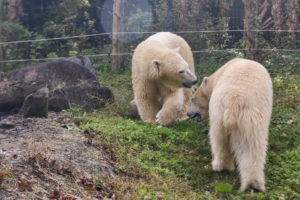
In September, the Zoo bid farewell to 22-year-old polar bear Anoki, who returned to the Seneca Park Zoo where she was born. The moves were based on recommendations by the Association of Zoos and Aquariums’ Polar Bear Species Survival Plan® (SSP).
Neva and Amelia Gray are half-sisters. Amelia Gray was born on November 8, 2016, to first-time mother Anana. The name Amelia means “defender,” which represents that she is a conservation protector for her species, and Gray is a nod to one of her unique features—a small gray patch of fur located along the left side of her neck. Neva and her twin brother Nuniq were born a few days later on November 14, 2016 to Aurora. Neva means “white snow” (and is also a river in Russia), and Nuniq is a derivative of Nanuq, the bears’ late father.
Amelia Gray, Neva and Nuniq were the only polar bear cubs born at a North American zoological facility in 2016.
Currently, Neva weighs nearly 400 pounds and Amelia Gray weighs more than 425 pounds. Once they’re full grown, they’ll probably weigh more than 500 pounds.
“These bears are important ambassadors for their species,” said Cantwell. “It’s a great opportunity for us to have such young bears because it’s a sign that accredited zoos are working hard together to conserve the polar bear species.”
Polar bears are native to the circumpolar north, including the United States (Alaska), Canada, Russia, Norway, and Denmark (Greenland). They are at the top of the Arctic food chain and primarily eat seals. Polar bear populations are declining due to the disappearance of sea ice, and experts estimate that only 20,000-25,000 polar bears are left in their native range. Some scientists believe if the warming trend continues, two-thirds of the polar bear population could disappear by the year 2050.
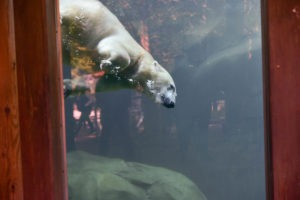
The Maryland Zoo promotes the conservation of polar bears through education, research and ongoing collaboration with Polar Bears International (PBI), the world’s leading polar bear conservation organization. PBI is dedicated to saving polar bears by saving their sea ice habitat, which is rapidly receding due to global warming. The Zoo supports the work of PBI through funding, education programs, and staff expertise and involvement. Multiple staff members have traveled to Churchill in Canada to observe polar bears in their native environment. Upon their return, staff members become active Arctic Ambassadors, creating and leading initiatives to combat climate change in their Baltimore community.
The Zoo also helps advance scientific understanding of polar bears through its participation in multiple research studies that result in improved care of polar bears in zoos and can often be used to better understand and protect endangered polar bears in the wild.
As Neva and Amelia Gray acclimate to their new habitat, their time in public view may vary. For updates on the bears, follow The Maryland Zoo on Facebook, Twitter and Instagram and our website www.marylandzoo.org.
POLAR BEAR PARTY PACKAGE (Only 50 available!)
Join us as we throw an intimate “Polar White Friday” welcoming party for our 2 new Polar Bears!

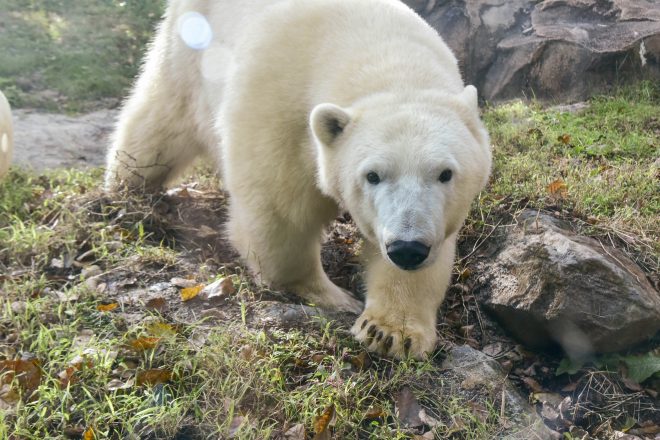

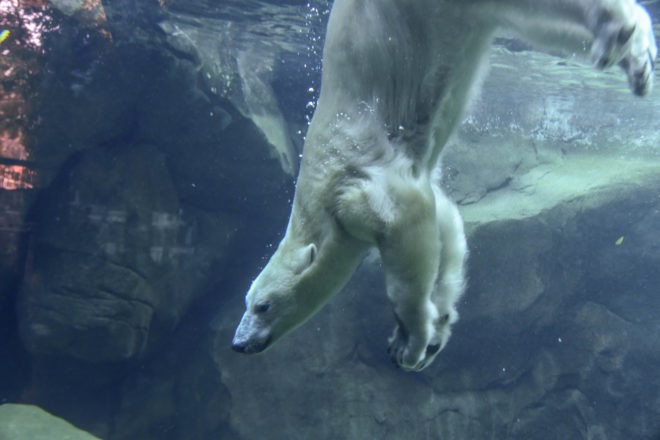
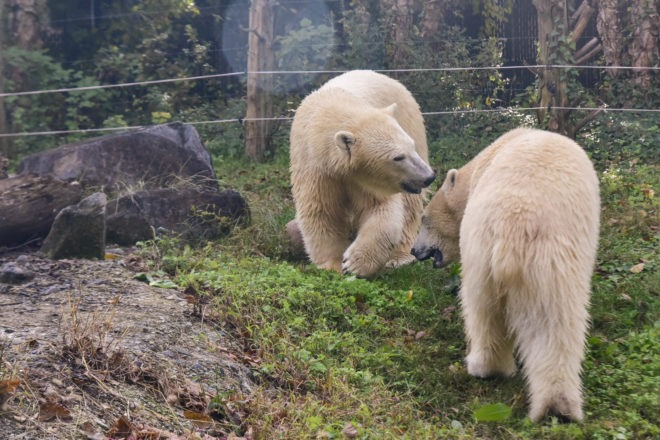
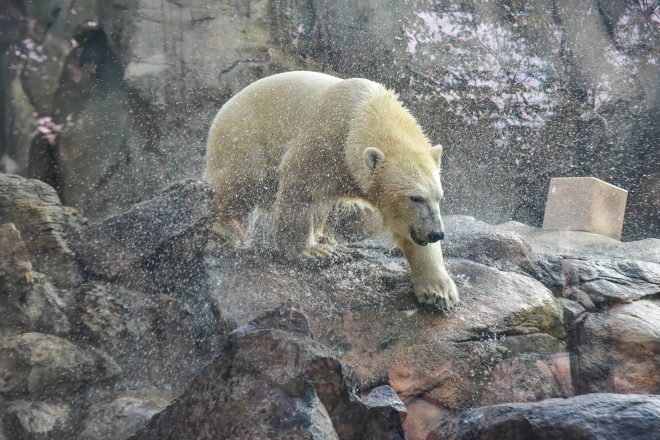
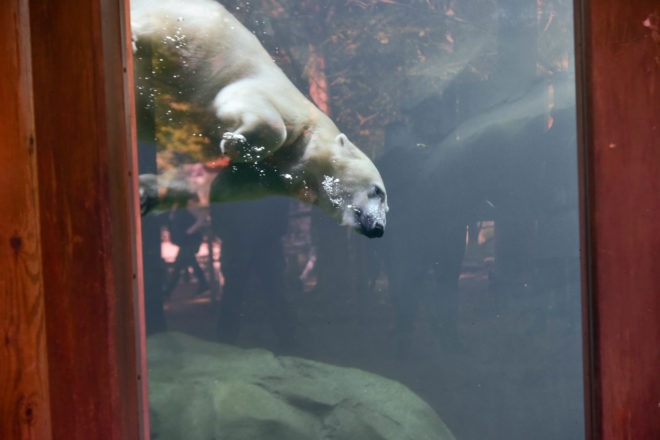
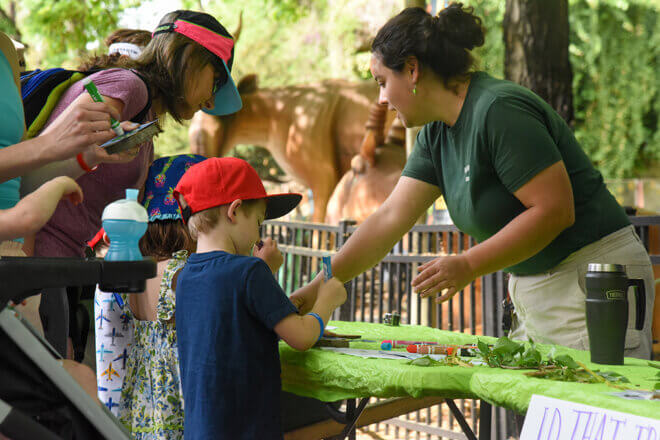



Share this article